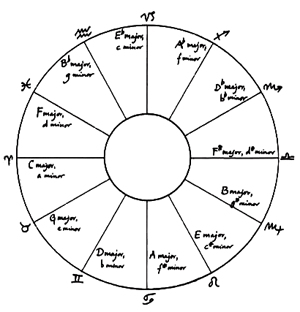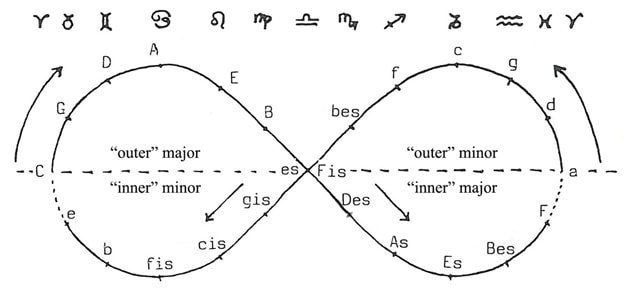Reading Time: 12 minutesOctober 5, 2014
THE FUNCTIONS OF THE INTERVALS (A PHILOSOPHICAL VIEW ON)
“I interweave my earthly existence with the divine-spiritual world, and, on the wings of the tone structure, the gods move through the world. I participate in their moving when I perceive the tones.” ~ Rudolf Steiner
FORWORD
There have been various composers and musicians as well as some philosophers (like Rudolf Steiner), that recognized a relationship between the intervals and how the development of mankind in a changing world is being perceived.
“The facts of human evolution are expressed in musical development more clearly than anywhere else.”
(Rudolf Steiner)
So, how do we “relate” music to the world (universe) around us and the experiences we go through ourselves?
I think most of you reading the article do feel the difference between the Major and minor thirds. The minor third feels more “introvert” (Outer World to Inner World movement), while the Major third feels more “extrovert” (Inner World to Outer World movement). We do experience this as well when listening to pieces in minor and Major tonalities, although the level of “internalization” or “outgoingness” might differ. But, what about the other intervals? How do they relate to what we experience?
I the past I always wondered how to formulate my thoughts and feelings about it. Several years ago my mother gave me a book that contained various lectures by Rudolf Steiner. In these lectures I found the answers I was searching for.
I will share my thoughts (personal interpretation) about my experiences and what I have read, supported by fractions (quotes) of the explanation of this given by Rudolf Steiner from lectures given by Steiner on 7 and 8 March 1923 (Stuttgard), 16 March 1923 and 2 December 1923 (Dornach).
FUNCTIONS OF THE DEGREES OF TONES IN THE DIATONIC SCALES
In common music theory the function of each degree in diatonic scales is – in relationship to the Tonic – described as following:
Most musicians and composers know (or should know) this. In case you don’t, then click on the functions listed above to read more about then on Wikipedia.
A PHILOSOPHICAL VIEW ON THE INTERVALS
From a more esoteric-philosophical point of view we can look at the divisions within the octave as a representation of the both physical and spiritual nature of man, man’s “Inner World” and “Outer World“, as well as the Earthly or physical and Cosmic or spiritual relationship. Perhaps even the expression “AS ABOVE, SO BELOW” could “represent” this division.
“THE ABOVE“
THE OCTAVE:
The octave represents the “higher self”. The Higher self is generally described as the eternal, omnipotent, conscious, and intelligent being, who is one’s real non-corporeal self.
Rudolf Steiner about the Octave:
“Every time the octave appears in a musical composition, man will have a feeling that I can only describe with the words: “I have found my ‘I’ anew; I am uplifted in my humanity by the feeling for the octave.” We do not know it fully, however, we know it only through feeling. Finally, the feeling for the octave brings us to find our own self on a higher level.
THE 7TH’S:
The ♭7th(minor 7th) is called the Subtonic. The Subtonic is found a whole tone below the Octave (and Tonic, thus the reason for being called Sub-Tonic). The Subtonic and Supertonic (Major 2nd) “flank” the Tonic (and Octave, although in this case the Supertonic is called a “9th”) at equal distance, both two semitones apart from the Tonic.
The (Major) 7th is the leading tone to the octave, the “higher self”.
Rudolf Steiner about the 7ths:
“One who fully experiences sevenths knows what intuition is. What I mean is that in the experience of the seventh the form of the soul’s composition is the same as clairvoyantly with intuition.
This musical experience, which was based on an experience of the seventh through the full range of octaves, always consisted of man feeling completely transported [entrückt]. He felt free of his earthbound existence and transported into another world in this experience of the seventh. At that time he could just as well have said, “I experience music,” as “I feel myself in the spiritual world.” This was the predominant experience of the seventh.
As the human being wished to incarnate more deeply into this physical body and take possession of it, the experience of the seventh became faintly painful.”
THE 6THS:
The 6ths do play a similar role as the 3rds, but then (mirrored) on the “other side of the border” and relate to the cosmic or “spiritual” realm.
Rudolf Steiner about the 6th:
“One who experiences sixths knows what inspiration is. The form of the soul’s composition during the experience of the sixth is that of inspiration with clairvoyance.“
THE 5TH:
The 5th is the first interval (when stated “counting” from the tonic going up) that does not “belong” to the “earthly realm”.
My personal experience with it is that the Descending Fifth brings the cosmic realm into the earthly realm. The Ascending Fifth “lifts” a human out of it’s lower self, as Steiner mentioned in his lectures. I come to that conclusion based on the sensation that the descending 5th generates with it’s attraction towards the 1s t (Tonic). It “brings us (back) to our “lower self”, crossing the “border” between the “Cosmic realm” and the “Earthly realm”. The descending 5th can be seen as the “descension” or the “expansion” from the “spirit” into the “earthly” as well.
Rudolf Steiner about the 5th:
“The interval of the fifth is a real experience of imagination. He who can experience fifths correctly is actually in a position to know on the subjective level what imagination is like. The experience of the fifth is a real imaginative experience. The same composition of soul need only be filled with vision. Such a composition of soul is definitely present in the case of music.
In the music of the fifths [Quintenmusik], a human being felt lifted out of himself.
The experience of the fifth brings awareness of man within the divine world order. The experience of the (add: ascending) fifth is, as it were, an expansion into the vast universe.
What does this really mean in relation to the whole musical experience? It means that within the experience of the (add: ascending) fifth, man with his “I” is in motion outside his physical organization. He paces the seven scales (add: upwards) in twelve steps, as it were. He is therefore in motion outside his physical organization through the experience of the (add: ascending) fifth.
This becomes more obvious if we take the scales through the range of seven octaves — from the contra-tones up to the tones above C — and consider that it is possible for the fifth to occur twelve times within these seven scales. In the sequence of the seven musical scales, we discover hidden, as it were, an additional twelve-part scale with the interval of the fifth.
In the age when the fifths predominated, it was impossible to color music in a subjective direction. Subjectivity only came into play in that the subjective felt transported, lifted into objectivity.”
“THE BORDER“
There are two intervals (sonically one) that – depending on the interpretation – could be seen as “the border” between the “The Above” and The Below”.
THE TRITONE, THE “IN BETWEEN”.
>
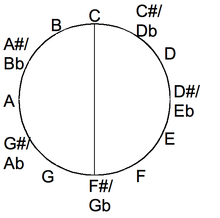
The augmented 4rd or diminished 5th, also called “Tritone” (TT or 3T), is (to me) the border between the Cosmic and the Earthly, the Octave (higher self) and Tonic (lower self).
It is surrounded with some “mystery” and has been called “Diabolus in Musica” (“the devil in music”). It is often presumed that it has received this name due to it being the most dissonant, least-harmonic interval in the 12-Tone system.
Most intervals “lead” you from one tone to the other. The most obvious example is the 5th that leads you to the Tonic. With all (but two intervals) the direction you are led to (ascending or descending) is clear. Two intervals though do not seem to “point” in any direction when played simultaniously are the Octave and the TriTone. The Tonic and Octave when played together sounds to most people as a single tone. The TriTone does sound as two different tones when played simultaneously, but most people feel like there is no movement … it sounds kind of “dead in space”.
You might expect that this most dissonant c.q. least harmonic interval is not very “useful” for mainstream music? The opposite is true. One of the most used chords, the Dominant 7th Chord, contains an embedded Tritone: the interval between the 3rd and the 7th of the chord. Most people (besides musicians, composers, studio engineers) are probably not even aware they are listening to a chord with the “Devil’s Interval” embedded within.
Another chord – but less common in mainstream (pop) music – with a Tritone embedded within, is the Diminished Triad. The Diminished triad contain two Minor Thirds stacked with the tonic and 5th a TriTone (6 semitones) apart. With this chord you do hear the dissonance created by the TriTone interval well though. The interesting thing about this chord, is that the tones of this chord do form half (two legs of) a Square between tones of the Circle of Fifth as well as the Chromatic Circle. If you like to know more about Geometric Shapes and music, then you might like to read “Music & Geometry“.
“DIABOLUS IN MUSICA” (Devil in the music).
Many presume the interval got this name due to it’s dissonance. Some historians claim the interval was “forbidden” to be used by the Church. But why? My theory (if the historians are right):
As the Tritone is the border (and a point of reference) between the “heavenly” and “earthly” realms, it sets these realms “apart” from one another. If you want do “differentiate” between these realms, to determine and experience both your physical and spiritual self, you need to be aware of this border.
Everyone with a “open mind” knows that – throughout history – religious institutes have always been “powerhouses” that – even though proclaiming only to be there for the “spiritual well-being” of it’s followers – had many “interests” in the physical world as well (from political relations to property and earthly wealth). By “demonizing” the border (fear tactics) and “banning” it, the only clear “reference” was no longer “available” to “the people”. The oldest “trick in the book” to “control” people is to create dependency. If people no longer can determine themselves what “belongs” to the earthly realm (to the people themselves) and what belongs to the heavenly realm (to God), then you depend on the Church to “guide” you. Without a clear “border” (Tritone), everything could “belong to God”, including your “id” (lower self – Tonic), “ego” (2nds) and “emotional life” (3rds) as well.
Of course this is just a theory I have …
THE 4TH:
The 4th can be seen as the outer “border” of the physical (corporeal / earthly) self. What is interesting to make note of, is that the 4th relates to the Octave as the 5th does to the Tonic, as if the ascending 4th is “reaching out” for what is there above the border, beyond the earthly realm, it “moves” you in opposite direction as that of the descending 5th. The ascending 4th can be seen as the “ascension” from the “earthly” into the “spiritual” as well.
Rudolf Steiner about the 4rd:
“The experience of the fourth is perhaps one of the most interesting for one who wishes to penetrate the secrets of the musical element. This is not because the experience of the fourth in itself is the most interesting but because it arises at the dividing line between the experience of the fifth of the outer world and the experience of the third in man’s inner being. The experience of the fourth lies right at the border, as it were, of the human organism.
With the experience of the fourth, man moves about, as it were, in the divine world; he stands precisely at the border of his humanness, retaining it, yet viewing it from the other side.“
“THE BELOW”
THE 3RDS:
The 3rd’s represent the (earthly) emotions and is related to the physical world. The Major generate a more “extrovert” feeling (toward the fourth), minor the more “introvert” feelings (toward the “I”). While earlier Major tonalities were more “favored” by composers, we see in the last century more composers favoring minor tonalities. In particular in the last couple of decades with the rise of Electronic Music. That we “move” from Major to minor does follow the way we “function” in the world today, in the last couple of centuries we have been moving closer to the “ego”, the individualization.
Art-wise terms like Expressionism (Major 3rd) and Impressionism (Minor 3rd) could be used as well.
Rudolf Steiner about the 3rd:
“This transition to the experience of the third signifies at the same time that man feels music in relation to his own physical organization. For the first time, man feels that he is an earthly being when he plays music.
The third guides us to our inner being.
The “I” is, so to speak, within the confines of the human organism; man experiences the interval of the third inwardly. In a manner of speaking, man withdraws his experience of the world from the cosmos and unites it with himself.
Not until man could experience the third did the subjective element feel that it rested within itself. Man began to relate the feeling for his destiny and ordinary life to the musical element.
The difference between major and minor keys appears; the subjective soul element relates itself to the musical element. Man can color the musical element in various ways. He is in himself, then outside himself; his soul swings back and forth between self-awareness and self-surrender. One therefore can say that in the case of the experience of the third the mood is one of consolidation of the inner being, of man’s becoming aware of the human being within himself.”
THE 2ND:
The Major 2nd (also called “Super Tonic”) represents what Freud called the “Super-Ego” (critical and moralizing role), the minor second represents what Freud called the “ego” (realistic part that mediates between the desires of the “id” and the “super-ego“).
The 2nd’s (the “ego” and “super-ego”) are the connection between the “id” (Tonic) and the emotions (3rds). To me the minor 2nd sensation it gives is similar to that of the Major 7th, the “Leading Tone”, in opposite direction. As the Major 7th leads us to the Octave, so does the minor 2nd to the Tonic.
TONIC:
The tonic represents the “physicalness” of the “lower self” and the “instincts”, something Sigmund Freud called the “id” (a set of uncoordinated instinctual trends).
MANKIND, INTERVALS AND PERCEPTION
ADDITIONAL THOUGHTS SHARED BY RUDOLF STEINER:
“Even in our age, in which intellectualism wishes to tackle everything, there is a feeling that intellectualism cannot reach the musical element, because it can deal only with something for which there are outer subjects. This explains the strange fact that nowhere in the well-meant instruction of music appreciation does tone physiology (acoustics) have anything to say about the musical element. It is widely admitted that there is a tone physiology only for sounds; there is none for tones. With the means customary today one cannot grasp the element of music. If one does begin to speak about the musical element, it is thus necessary to avoid the ordinary concepts that otherwise we use to grasp our world.
By the beginning form the first tone of the octave, we have begun from the inner “I,” the physical, living, inner “I”. When I first experience my ‘I’ as it is on earth, in the prime, and then experience it a second time the way it is in spirit, then this is inner proof of God’s existence.
In primeval times, when the experience of the seventh existed — and therefore, in fact, the experience of the entire scale — man felt that he was a unified being standing on earth; at that time when he heard the seventh, he also experienced himself outside his body. He therefore felt himself in the world. Music was for him the possibility of feeling himself in the world. The human being could receive religious instruction by being taught the music of that time. He could readily understand that through music man is not only an earthly being but also a transported being.
The experience of the fifth arose, and during this time man still felt united with what lived in his breath. He said to himself — though he did not say it, he felt it; in order to express it, we must word it like that — “I breath in, I breath out”.
The musical element, however, does not live in me at all; it lives in inhalation and exhalation.” Man felt always as if he were leaving and returning to himself in the musical experience. The fifth comprised both inhalation and exhalation; the seventh comprised only exhalation. The third enabled man to experience the continuation of the breathing process within.
All this is extraordinarily important when one is faced with the task of guiding the evolution of the human being regarding the musical element. You see, up to about the age of nine, the child does not yet possess a proper grasp of major and minor moods, though one can approach the child with them. When entering school, the child can experience major and minor moods in preparation for what is to come later, but the child has neither one nor the other. Though it is not readily admitted, the child essentially dwells in moods of fifths. Naturally, one can resort in school to examples already containing thirds, but if one really wishes to reach the child, musical appreciation must be based on the appreciation of the fifths; this is what is important.
Based on all this, you find a specific explanation for the advancement from the pure singing-with-accompaniment that existed in ancient times of human evolution to independent singing.
Originally, singing was always produced along with some outer tone, an outer tone structure. [Tongebilde]. Emancipated singing actually came about later; emancipated instrumental music is connected with that. One can now say that in the musical experience man experienced himself as being at one with the world. He experienced himself neither within nor outside himself.
This whole experience naturally penetrates today into everything musical. On the one hand, music occupies a special position in the world, because, as yet, man cannot find the link to the world in the musical experience. This link to the world will be discovered one day when the experience of the octave comes into being in the manner previously outlined.
The great progress made by humanity in the musical element is that the human being is not just possessed by God but takes hold of his own self as well, that man feels the musical scale as himself, but himself as existing in both worlds.
We must say, as it were: man actually lives in us in all seven tones, but we do not know it.
You must take all these concepts that I use only as substitutes and in each case resort to feelings. Then you will be able to see how the musical experience really strives to lead man back to what he lost in primeval times.
You see, however, how matters proceed from the seventh to the fifth, from the fifth to the third, and from the third down to the prime, the single tone, and so forth. What was once the loss of the divine must transform itself for human evolution if humanity on earth is not to perish but to continue its development. The loss must transform itself for earthly humanity into a rediscovery of the divine.”
Rudolf Steiner’s fragments were taken from: The Inner Nature of Music and the Experience of Tone


















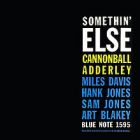
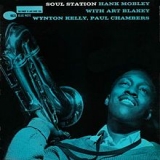
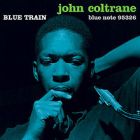

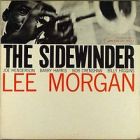
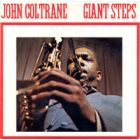
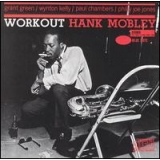
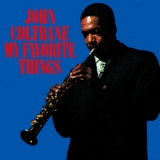
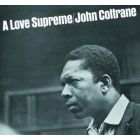
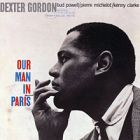
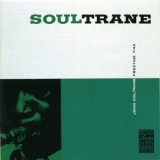
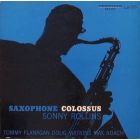
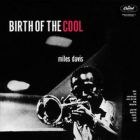
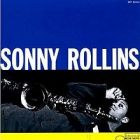
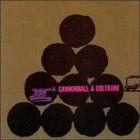
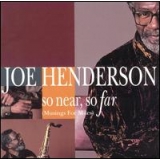
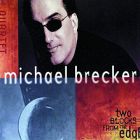
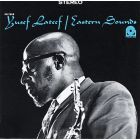
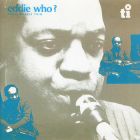
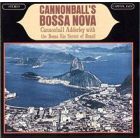
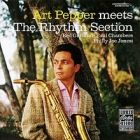
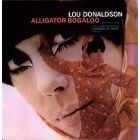
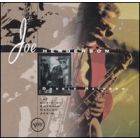
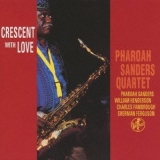
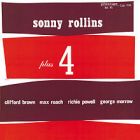
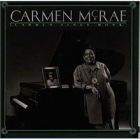
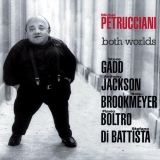
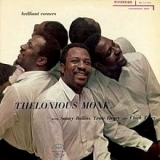
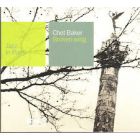
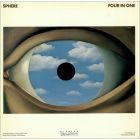
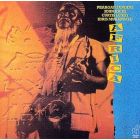
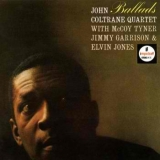
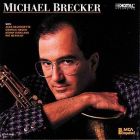
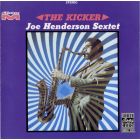
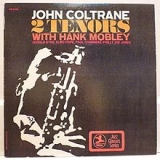

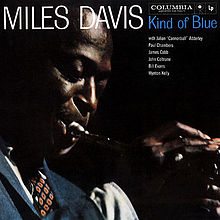
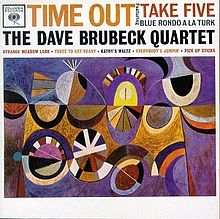
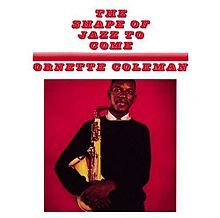
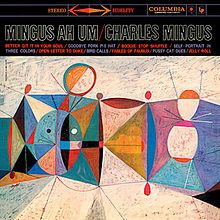
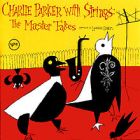
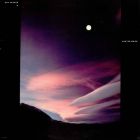
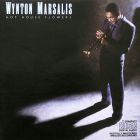
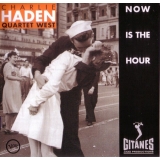

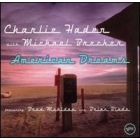
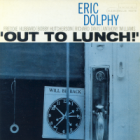
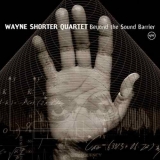
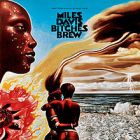
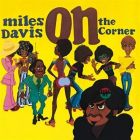
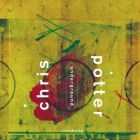
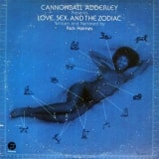
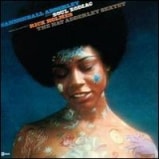
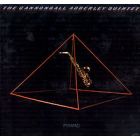
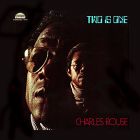
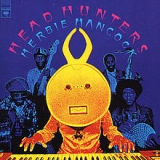


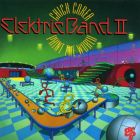
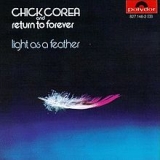
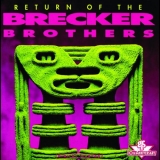
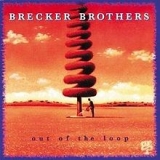
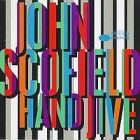

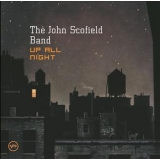
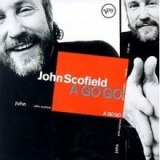
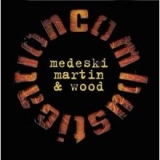

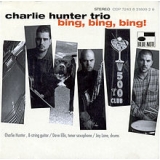

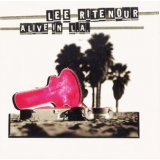
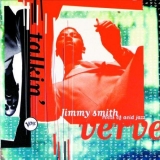
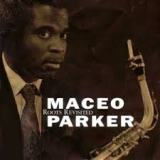

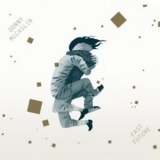
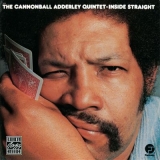
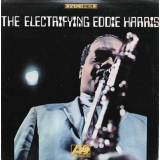
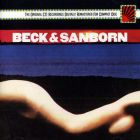
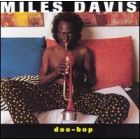

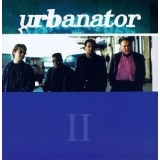

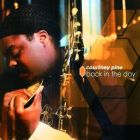
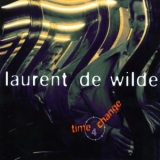
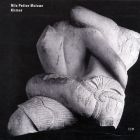
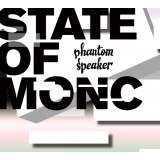

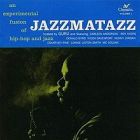


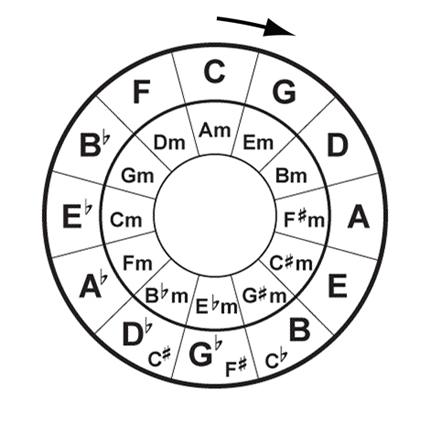


%20Equinox%20-%20Vernal%20(Spring)%20Equinox.jpg)


